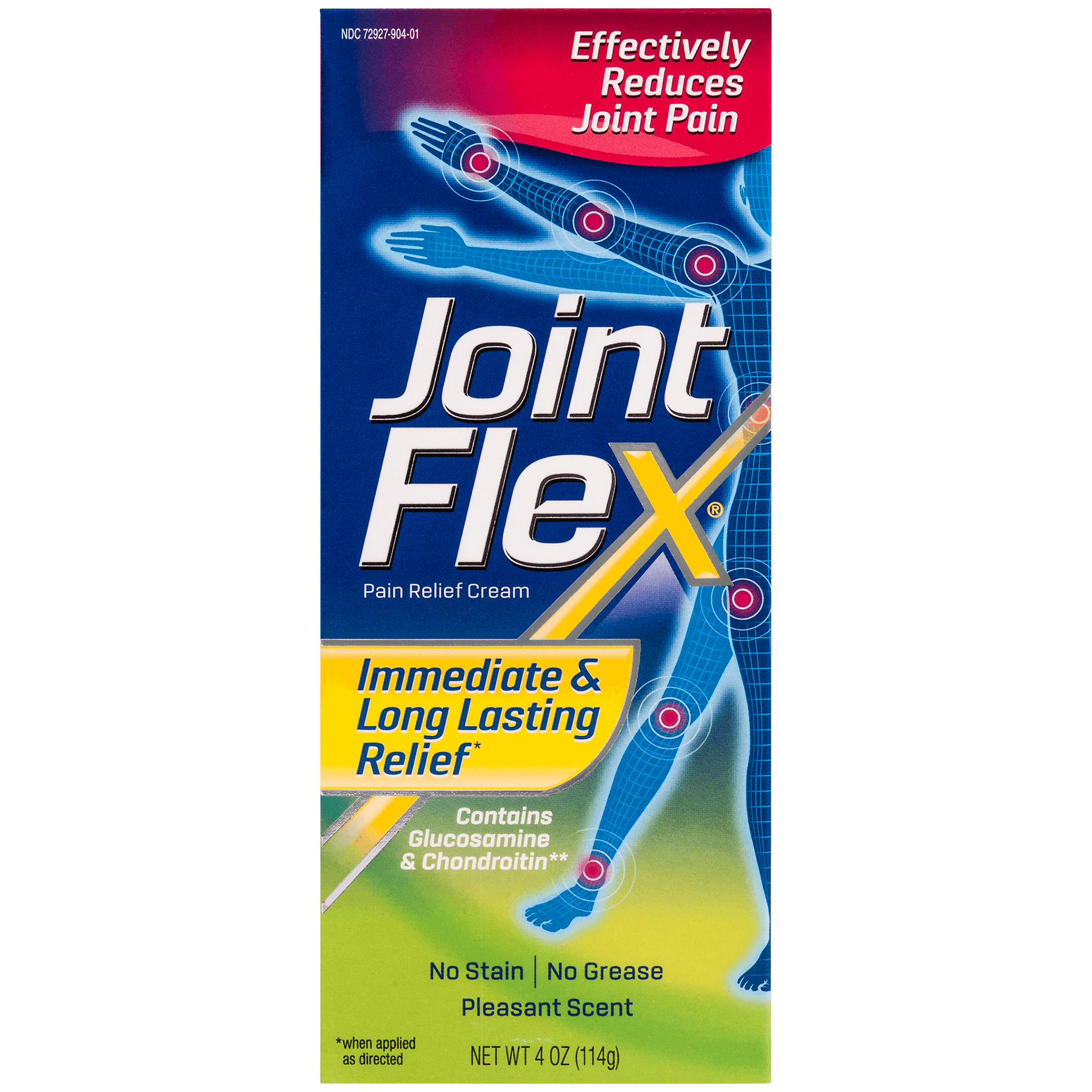
Athletes who practice a wide variety of sports begin to build up an enhanced tolerance to pain because performance requires pushing their bodies to the limit.1 Meanwhile, athletes also have a higher probability than the average person to develop osteoarthritis due to the constant and intense pressure put on their joints.2,3 These two facts can make it possible that an athlete won’t even realize the symptoms of osteoarthritis are beginning to present themselves and may continue to compete through the pain anyway.
Here is an explanation of why athletes who have high pain tolerances and constantly put wear and tear on their joints could be at a higher risk of osteoarthritis.
How High Pain Tolerances Develop
A study published in the European Journal of Applied Physiology tested the effects of acetaminophen prior to exercise among a group of cyclists performing sprint intervals.4 The results concluded that exercise is regulated by the perception of pain and that athletes with a higher pain tolerance can often perform better.
Over time, athletes boost their threshold for pain by engaging in difficult practice performances early in the training schedule to build up the legs, lungs, and other required muscles. High-intensity workouts through hard interval training that push the body to fatigue will also increase an athlete’s pain tolerance.5
Additional Symptoms of Osteoarthritis
In addition to pain, there are many other symptoms of osteoarthritis that are important for athletes to be aware of. Even if the pain seems manageable, other symptoms may raise a red flag and encourage an athlete to consult a doctor.
Osteoarthritis can also cause a clicking sound when a joint is bent and swelling around particular joints. A grating sound when using a joint is also a common symptom.6 Since the limited range of motion associated with osteoarthritis tends to go away with movement, athletes will notice more stiffness when they aren’t working out.
Long-Term Health Problems of Untreated Osteoarthritis
If osteoarthritis persists and is left untreated, the symptoms will get worse and begin to impact athletic performance. Over time, athletes may become less flexible because of prolonged limited range of motion.
Many athletes don’t realize that they have osteoarthritis until they suffer a fall, which causes a bone to break. Broken bones take a long time to fully heal, which can put athletes out of the game for a significant amount of time. As athletes’ activity is hindered while they wait for the bones to heal, stiffness can set in and their range of movement can be severely affected because of their undiagnosed osteoarthritis.
Diagnosing and Treating Osteoarthritis in Athletes
It may be harder to initially diagnose athletes who have high pain tolerances with a medical condition like osteoarthritis, but the treatments are largely the same as when present in less active individuals. Although there is no definitive cure for osteoarthritis, there are measures athletes can take to ease symptoms and prevent future bone deterioration.7
Pain relief creams like JointFlex can help osteoarthritis sufferers relieve pain and get back to the sports they love. Exercise is a great way to strengthen the bones, but athletes may need to scale their workouts back to accommodate their condition.8,9 Exercises like yoga and tai chi are great for improving balance to prevent future falls, and physical therapy can help individuals strengthen muscles around joints. Antiresorptive and anabolic medications are sometimes prescribed to reduce bone loss and support bone growth, as well as surgical procedures involving injections and realignment in severe cases.
REFERENCES FOR WHY ATHLETES MAY DEVELOP OSTEOARTHRITIS
1. Pen, L. & Fisher, C. A. (1994). Athletes and pain tolerance. Sports Medicine, 18, 318-329. Retrieved November 2, 2018 from Springer Link https://link.springer.com/article/10.2165%2F00007256-199418050-00004.
2. Thrasybule, L. (2011 December 16). Elite athletes at greater risk for arthritis. Reuters. Retrieved November 2, 2018 from https://www.reuters.com/article/us-elite-athletes-arthritis/elite-athletes-at-greater-risk-for-arthritis-idUSTRE7BF24920111216.
3. Amoako, A. O. & Pujalte, G. G. A. (2014 May 22). Osteoarthritis in young, active, and athletic individuals. Clinical Medicine Insights: Arthritis and Musculoskeletal Disorders, 7, 27-32. Retrieved November 2, 2018 from National Center for Biotechnology Information https://www.ncbi.nlm.nih.gov/pmc/articles/PMC4039183/.
4. Foster, J., Taylor, L., Chrismas, B. C. R., Watkins, S. L., & Mauger, A. R. (2014 January). The influence of acetaminophen on repeated sprint cycling performance. European Journal of Applied Physiology, 114, 41-48. Retrieved November 2, 2018 from Springer Link https://link.springer.com/article/10.1007%2Fs00421-013-2746-0.
5. O’Leary, T. J., Collett, J., Howells, K., & Morris, M. G. (2017 November). The influence of acetaminophen on repeated sprint cycling performance. European Journal of Applied Physiology, 117, 2201-2210. Retrieved November 2, 2018 from Springer Link https://link.springer.com/article/10.1007%2Fs00421-017-3708-8.
6. Osteoarthritis. National Institute of Arthritis and Musculoskeletal and Skin Diseases. Retrieved November 2, 2018 from https://www.niams.nih.gov/health-topics/osteoarthritis#tab-symptoms.
7. Kontzias, A. (2017 July). Osteoarthritis (OA). The Merck Manual: Consumer Version. Retrieved November 1, 2018 from https://www.merckmanuals.com/home/bone,-joint,-and-muscle-disorders/joint-disorders/osteoarthritis-oa.
8. Recommended activities. Arthritis Foundation. Retrieved November 1, 2018 from https://www.arthritis.org/living-with-arthritis/exercise/arthritis-friendly/.
9. Physical activity for arthritis. Centers for Disease Control and Prevention. Retrieved November 2, 2018 from https://www.cdc.gov/arthritis/basics/physical-activity-overview.html.


